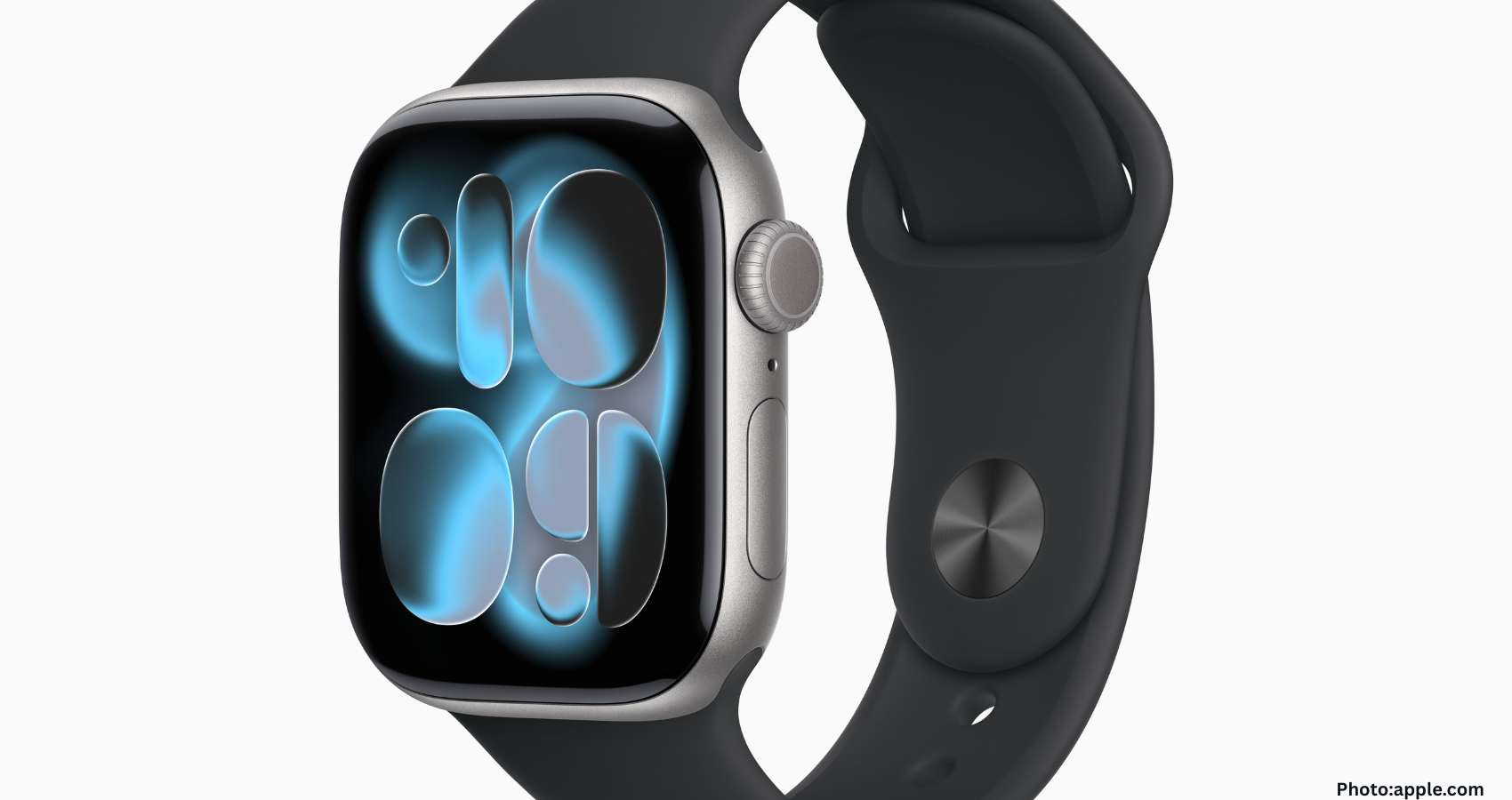Apple Watch Series 11 introduces FDA-cleared hypertension notifications, enabling users to passively monitor blood pressure patterns and potentially identify undiagnosed hypertension.
Apple has announced a significant new feature for its Apple Watch Series 11 that aims to combat hypertension, often referred to as the “silent killer.” This feature passively monitors blood pressure patterns over a 30-day period, utilizing advanced sensors to detect signs of chronic high blood pressure.
According to the World Health Organization, nearly 1.3 billion adults worldwide live with hypertension, many of whom are unaware of their condition. The introduction of hypertension notifications on the Apple Watch could be a game-changer for these individuals. The feature will begin rolling out next week in over 150 locations, including the United States, European Union, Hong Kong, and New Zealand. It will also be available on Apple Watch Series 9 and later models, as well as Apple Watch Ultra 2 and later, through the upcoming watchOS 26 update.
Hypertension can lead to serious health issues, including heart attacks, strokes, and kidney disease, often without any noticeable symptoms. By incorporating passive blood pressure monitoring, Apple aims to help millions detect early warning signs of this condition. The watch employs its optical heart sensor to analyze how blood vessels respond to heartbeats over the month-long monitoring period. If it identifies consistent patterns indicative of hypertension, users will receive a notification.
Apple estimates that this new feature could alert more than 1 million individuals with undiagnosed hypertension within its first year of operation. The hypertension notification feature builds upon years of health research conducted by Apple. Since the launch of the Apple Watch, various heart health tools, including ECG readings and AFib history tracking, have empowered users to identify potential health issues early. The addition of hypertension notifications extends this mission to address one of the most prevalent and dangerous silent conditions.
The feature functions in the background during waking hours, analyzing photoplethysmography (PPG) signals, which reflect changes in blood volume beneath the skin. This method allows the watch to detect patterns that suggest chronic high blood pressure without requiring users to calibrate the device or take direct blood pressure readings. Instead, the watch continuously tracks signals over 30 days and alerts users if consistent signs of hypertension emerge.
To develop this algorithm, Apple utilized data from over 100,000 study participants representing a diverse range of ages, races, body types, and health statuses. The accuracy of the feature was validated through a pivotal clinical study involving more than 2,000 participants, who wore the Apple Watch alongside traditional at-home blood pressure cuffs for comparison. The study demonstrated that the feature achieved a specificity rate exceeding 92%, effectively minimizing false positives. Sensitivity rates were particularly strong for Stage 2 hypertension, the more severe form of the condition, with the feature identifying over half of users at risk.
This level of accuracy has the potential to prevent serious health events, such as strokes and heart attacks, in individuals who may otherwise remain unaware of their hypertension. Importantly, the validation study confirmed that the feature performed consistently across various demographic groups, including age, gender, race, and skin tone, ensuring reliability for Apple’s global user base. Apple also conducted usability testing to refine the onboarding process and notification language, ensuring users understand the alerts and the appropriate actions to take.
By passively monitoring and flagging potential signs of hypertension, the Apple Watch addresses a critical gap in diagnosis. Hypertension often goes unnoticed for years, but with this new feature, users can receive alerts within just one month of wearing the device. Dr. Harlan Krumholz, a cardiologist and scientist at Yale University and Yale New Haven Hospital, expressed his support for Apple’s focus on hypertension. He noted, “I’m glad to see Apple turning attention toward hypertension—the number one preventable cause of heart attack and stroke. Their approach automatically flags signals that suggest you may have high blood pressure and encourages you to check it out. That’s especially important because so many people remain undiagnosed.” He emphasized that while the feature is beneficial, it should not replace regular medical care.
For those who receive a hypertension alert, Apple recommends following up with a healthcare provider for further evaluation. The hypertension notifications are not exclusive to the Apple Watch Series 11. Users of Apple Watch Series 9 and later models, as well as Apple Watch Ultra 2 and later, can access the feature once they update to watchOS 26.
Updating the watch is straightforward. After the update, users can enable hypertension notifications in the Health app, allowing their device to begin monitoring for signs of chronic high blood pressure.
The Apple Watch Series 11 is now available for preorder, with in-store availability starting on Friday, September 19. Prices start at $399. The lineup includes the flagship Apple Watch Series 11, which features FDA-cleared hypertension notifications and the latest health and fitness tools, making it an ideal choice for those seeking cutting-edge technology.
Additionally, the Apple Watch Ultra 3, designed for outdoor enthusiasts, offers enhanced durability, a larger display, and longer battery life, along with the same hypertension notification feature.
With the introduction of FDA-cleared hypertension notifications, the Apple Watch is evolving beyond merely tracking workouts and fitness goals. It now serves as a proactive tool for alerting users to one of the most significant health risks they may face. For millions who infrequently visit healthcare providers, this feature could prove to be a life-saving addition to their daily routine. While the Apple Watch is not a substitute for professional medical care, it provides an essential safety net for users.
Would you trust your smartwatch to be the first to alert you to a serious health risk, such as hypertension? Share your thoughts in the comments below.
Source: Original article

